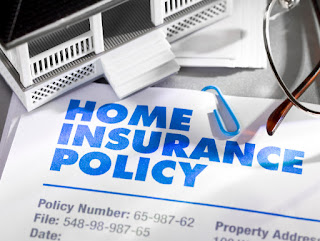While
some people's inclination may be to obtain the minimum amount of car insurance
required by law, those amounts may not be enough in the event you're involved
in an accident deemed your fault. In North Carolina, for example, state law
requires that you have liability coverage in the minimum amounts of 30/60/25.
This means your coverage will pay up to $30,000 per person and up to $60,000
per accident for those individuals injured in an accident for which you are
held liable. It also pays up to $25,000 toward property damage caused,
including other vehicles, structures, etc.
It's
not difficult to imagine that a serious accident could create financial
liabilities far exceeding these state-mandated insurance minimums. Bear in mind
that in NC, which is an "at fault" state, any amounts over your
policy limits in an accident for which you are held responsible will come out
of your own pocket, including potential lawsuits. For this reason, many experts
recommend that the amount of liability insurance you carry be equal, at least,
to the amount of the value of all your assets. This would include the value of
your:
- Real
estate
- Vehicles
- Personal
possessions
- Investments, and anything else of value you own
The idea here is to carry as much liability coverage as you need to protect your assets in the event of a catastrophic loss for which you are held liable. Those with significant assets may consider the addition of an umbrella policy to their insurance portfolio. A well respected insurance agency can held you decide the proper course of action in this area.
Other Auto Insurance Needs
It should be understood that the
liability coverage previously described only pays for losses suffered by
"the other guy," and does nothing to compensate you for your own
personal losses, whether in the form of injuries or property damage, including
your vehicle. To be protected in these areas you're required to add other,
optional coverage to your policy. These may include:Collision coverage - which pays for the repair or replacement of your vehicle when damaged in an accident. You should have enough coverage to equal the replacement value of your car (not how much you paid for it).
Comprehensive
coverage – pays for vehicle losses you suffer in other than accident
scenarios. These include theft, vandalism, fire, hail (or other weather
damage), falling objects, damage from animals and broken glass
incidents.




